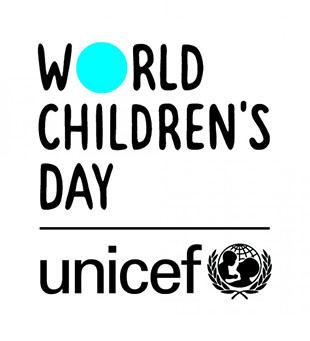You are here
Jordan on course to realise demographic dividend by 2040 — population council
By JT - Oct 07,2020 - Last updated at Oct 07,2020

Image courtesy of UNFPA
AMMAN — Jordan is currently witnessing a demographic shift that will lead to realising the demographic dividend, which is expected to reach its peak in 2040, according to Higher Population Council Secretary General Abla Amawi.
Amawi’s remarks came during her participation in a global session on the demographic diversity and successful policies for reaping the demographic dividend on Monday.
The session was organised by the UNFPA, the African Union and the government of Germany and attended by policy-makers and experts from various countries in Africa, Asia, the Arab region and Eastern Europe, according to a Higher Population Council statement.
The session’s objective was for regional exchanges of innovative policies and practices to enhance proper planning of demographic transitions by conducting practical dialogues to facilitate joint learning and collaboration.
Representing the Arab region at the session, Amawi, who is also the chair of the Arab Council for Population and Development, said that the demographic dividend starts when the percentage of the working age population (15-64 years) significantly exceeds the percentage of the dependent population (under 15 and over 64).
Amawi stressed that realising and investing in the demographic dividend requires a socioeconomic policy response at the macro and sectoral levels, integrating the population dimension in development strategies, plans and programmes, and allocating the necessary financial resources, read the statement.
The focus of national plans should aim at enhancing the quality of education, funding research, notably matching educational outputs to labour market needs, investing in youth entrepreneurial skills, addressing socioeconomic inequalities and vulnerabilities, and making a real change in gender equality and women’s empowerment.
In the first-half of the 21st century, a "large and unprecedented percentage of the region’s population will grow to its most productive life stage between 2018 and 2040”, Amawi noted.
While children and youth (aged 0-24) comprise half of the region’s population, the dependency ratio will reach its lowest level, dropping to 50 dependents (aged under 15 and over 64) per 100 of the working age population (aged 15-65), according to the statement.
She also said that political instability, youth unemployment and gender inequality are prominent challenges facing the achievement of the demographic dividend in the Arab region.
Youth unemployment rate in the Arab region is one of the highest around the world, reaching 25 per cent, and is even higher among females within the same age group, reaching 41 per cent, according to the statement.
Additionally, the key impediments show that 37 per cent of its youth live in fragile contexts characterised by conflicts and that the region has 57.5 per cent of the world’s refugees.
Youth from extremely poor families are the least likely to gain sufficient education and upskilling opportunities, with 25 per cent of the youth workforce in north Africa and 28 per cent of the youth workforce in the Arab states live in moderate to abject poverty, she added.
Amawi said that there is a need to develop a roadmap for investing in the demographic opportunity in the Arab states, highlighting the need to network with Arab League institutions to advance reforms on different fronts.
Related Articles
AMMAN — Population projections for Jordanians show that the percentage of children under the age of 15 will drop as a result of an expected
The Kingdom has witnessed several demographic changes over the past few decades that also led to a change in the age composition of its population, a Department of Statistics (DoS) report said on Thursday.
AMMAN — Syrians in Jordan are estimated at 14 per cent of the total population, Higher Population Council (HPC) Secretary General Abla Amawi

















